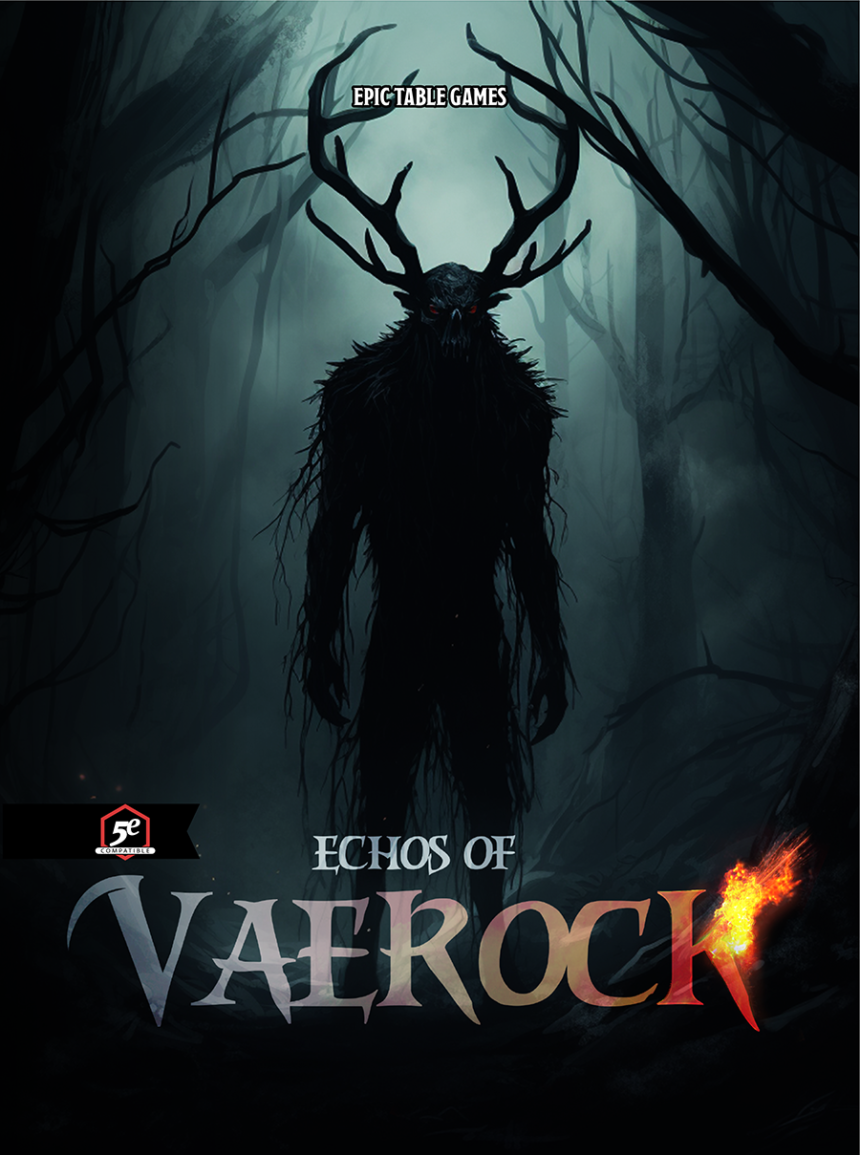A few months ago on our weekly podcast “SideQuests!” we talked about the idea of letting our players never die. This is unless they indicate they are willing to put everything on the line, including risking death. This gave me the idea to utilize the Latin phrase Periculum Mortis, which, Google translate tells me means “to risk death.”
Now for both of my parties, which consist of seven players in each group, it has been a resounding success. I did however, have to find a way to make it incredibly rewarding for players to utilize their death flags. In order for me to incentivize this enough, I allow an additional 1D6 for every roll made in combat.
Several months have passed since we began using death flags. In my experience, most players forget to add the additional D6 in combat when they have their flag up, even though it is a conscious choice. Other than that, it’s a success.
Some of the criticism that comes with using it as a system, such as never letting your players die unless they are willing to, is that without risking death there is no true consequence for your players in case of failure. However, I have found that there are many things that are definitely worse than death if a player falls below zero, and would be considered technically “dead” while their death flag is not up; they suffer a catastrophic event of some sort – usually it involves losing equipment or limbs. There have also been many times that my players are captured by the bad guy and have to escape!
This general deviation from my game style, which is known to be quite brutal, is both a welcome addition for me as a game master as well as for my players, who now choose when and when not to die. But figuring out the process of how to both incentivize using their death flags, as well as what types of failure conditions are implemented when characters drop below health was sometimes a struggle.
In many cases, the struggle is not from trying to figure out something that would affect my players in a way that is equally as crippling as dying, but in a way that reflects the idea that they are actually heroes as you would consider a hero in a Saturday morning cartoon, or a fantasy television show. The serialized methodology comes down to wanting a specific vibe for both the group and the game as a whole.

In fact, one of my favorite analogies comes from Saturday morning cartoons. We look at these heroes, who continuously and repeatedly find ways to get into situations where they should unquestionably die. However, they always make it through and return the next week to kick the villain in the butt and save the day. I wanted to reflect that same heroism in my campaigns for my homebrew world.
In addition to challenging and killing my players outside of combat, this also allowed me to think outside the box when it came to playing games. Using their death flag is limited to combat only. Their death flag becomes irrelevant if they are caught in a trap outside of combat, or if they are assassinated. It is still possible for them to die if they do something foolish outside of combat. And what I have seen in my players is a positive change. I have noticed that they are less likely to become murderers, hobos, or just decide that it is acceptable to make enemies wherever they travel. They know that they could die should they choose to risk it. However, they also know that they can die if they choose to be murdered in the middle of the story. This has allowed for fun interactions, of course, but overall, it allows my players to act as complete heroes, as you would stereotypically see.





